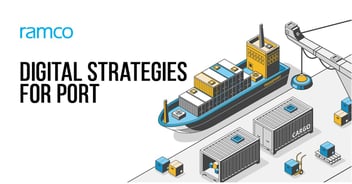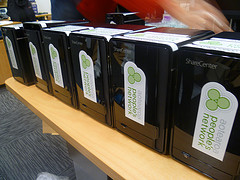Tiered storage is a viable alternative to popular storage architectures when it comes down to optimizing storage devices and minimizing costs. But for many enterprises the whole idea is not understood clearly, resulting in some myths about how tiered storage works.
Here’s a quick round-up of the top myths surrounding tiered storage:
- Tiering is related to value of data: It seems logical that tiered storage works by assigning high-performance storage devices to critical data, but that doesn’t mean the other data sets are irrelevant. The point is not value of data, but the frequency of access. Something that is accessed very frequently can benefit from high-speed storage, but that doesn’t reduce the importance of all the data to reside on highly reliable storage systems.
- It is closely related to information management: There are no parallels between tiered storage and information lifecycle management. Tiered storage is a technological architecture which aims at increasing system efficiency, but does not make any decisions on the information present within the system. It’s better to say that tiered storage is part of information lifecycle management strategy.
- Flash disks represent Tier 0: By definition, Tier 1 is the highest performing storage device on the system, be it a hard disk or a flash disk. Tier 0 is a misnomer popularized practitioners who think that because traditionally Tier 1 has been a hard disk, flash disks must be Tier 0.
Dissipating these popular myths is an important step towards understanding tiered storage and making it work for you.
image source : http://www.flickr.com/photos/apnk

